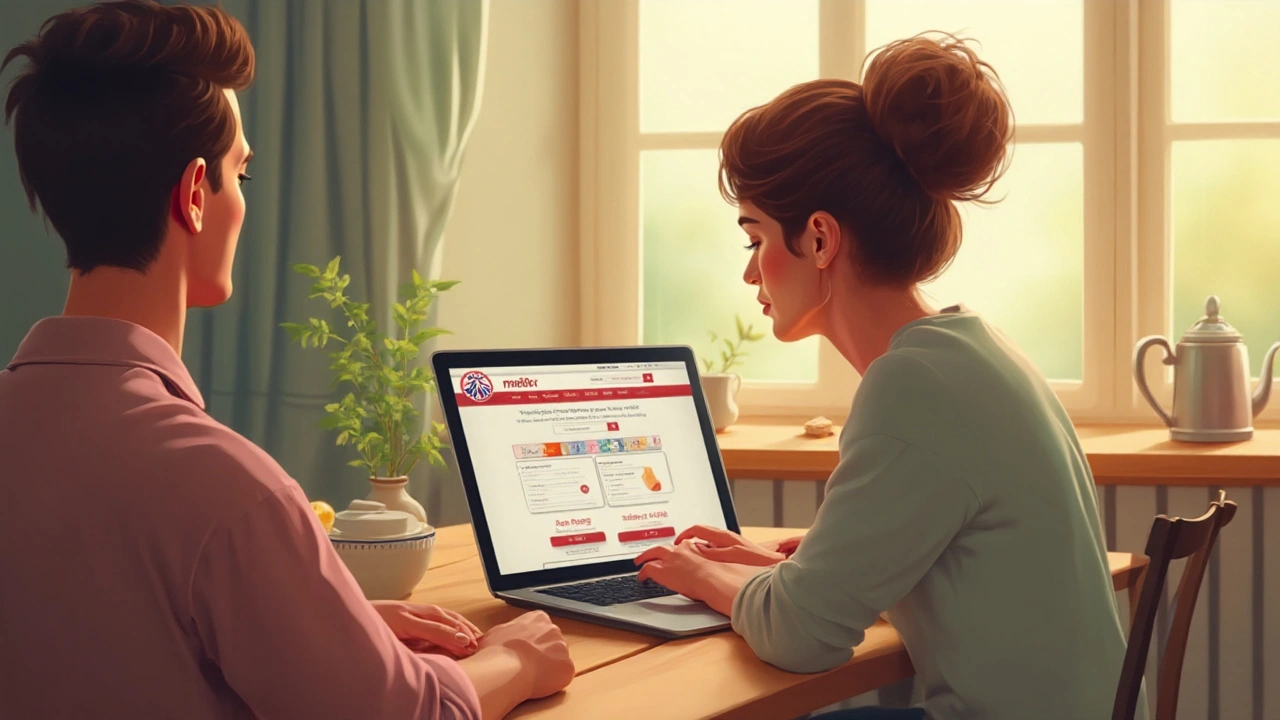Medication delivery: get your prescriptions safely and on time
You can get most prescriptions delivered, but not all services handle meds the same. One wrong choice and you may face delays, damaged meds, or even counterfeit products. This guide tells you exactly what to check before you order and how to handle deliveries when they arrive.
Choosing a trusted delivery source
Start with the basics: a real pharmacy lists a physical address, a working phone number, and requires a prescription for prescription-only drugs. If a site sells controlled meds without a prescription, walk away. For U.S. customers, look for pharmacy verification like NABP/VIPPS; in other countries search for the local regulator or professional association. Read customer reviews but focus on repeated issues (late shipping, poor packaging, bad customer service) rather than one-off complaints.
Compare payment and privacy policies. Use sites that accept secure payments (credit card, trusted third-party processors) and clearly explain how your personal and medical information is stored or shared. Check their refund and return policy for spoiled or damaged shipments.
Shipping, storage, and what to do on arrival
Pick the right shipping option. Most meds are fine with standard shipping, but insulin, some biologics, and liquid antibiotics need cold-chain handling and overnight shipping. Ask the pharmacy how they ship temperature-sensitive items: insulated box, cold packs, and overnight courier are good signs. If a seller won’t confirm cold-chain steps, don’t risk it.
Track your package and choose delivery options that match your schedule. Signature required or delivery to a secure pickup location reduces the chance of theft or heat exposure. When the package arrives, inspect it immediately. If the box is warm, wet, leaking, or looks tampered with, refuse it or contact the pharmacy right away. Keep the original packaging until you’re sure the meds are correct and safe.
For routine refills, set up automatic delivery with a buffer—get refills a week ahead of running out so delays don’t leave you short. If you care for someone elderly or have limited mobility, use same-day local delivery when possible; many local pharmacies offer couriers who can hand meds directly to a caregiver.
Avoid obvious red flags: extremely low prices, no prescription required, vague company info, or pressure to pay via wire transfer or crypto. If something feels off, call the pharmacy and ask specific questions about shipping, storage, and returns. A legitimate pharmacy will answer clearly and promptly.
Finally, store medications at home as directed—some need refrigeration, others must stay dry and cool. Mark expiration dates and keep meds out of reach of children. Following these simple checks makes medication delivery convenient and safe for your whole family.
- August 11, 2025
- Comments 11
- Pharmacies and Online Drugstores
medixrx.com Online Pharmacy Review: Safe Medicine Delivery and User Experience
- July 28, 2025
- Comments 10
- Pharmacies and Online Drugstores


